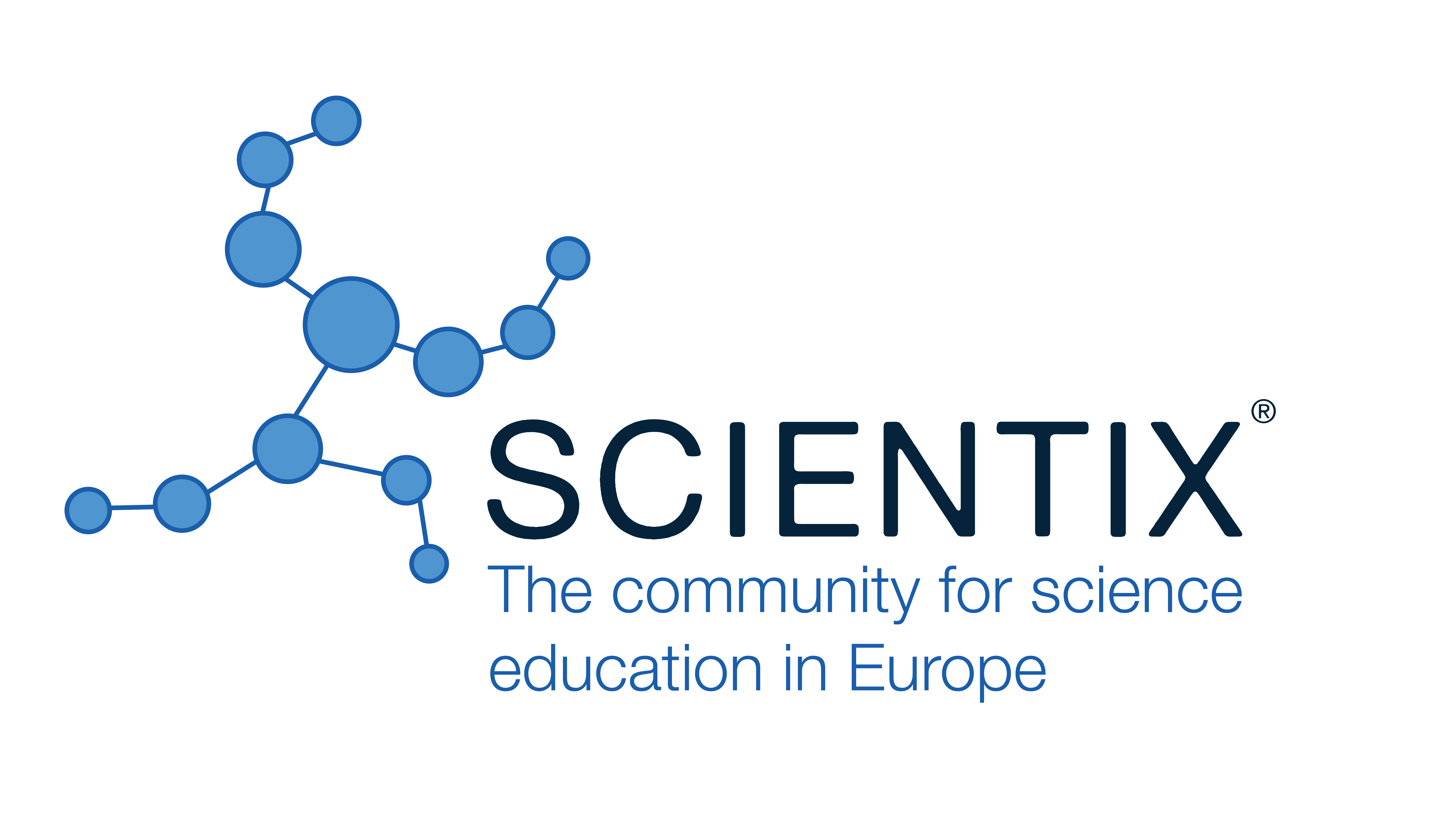The Desired Path: Generative AI in Higher Education
Diana Koroleva, Higher School of Economics, Institute of Education, Laboratory for Educational Innovation Research, Moscow (Russian Federation)
Abstract
The rapid advancement of generative artificial intelligence (GAI) has spurred innovative transformations in higher education. Universities, as bastions of Innovations, must adapt to the evolving landscape. Understanding faculty responses towards the instructional use of GAI is crucial for predicting its educational impact. Firstly, concerns and expectations aids in formulating interventions to alleviate apprehensions and foster an environment conducive to GAI adoption. Secondly, comprehending faculty expectations ensures that technical advancements align with instructional objectives. Faculty input is invaluable in developing GAI systems that adhere to educational best practices.
This study guided by the Technology Acceptance Model and the concept of the Desired Path. Data were collected from university faculties. Semi-structured interviews conducted via Zoom allowed for in-depth exploration of faculty perspectives (N=10). The methodological section of the article outlines the use of ChatGPT for conducting thematic analysis and includes original prompts.
This research identifies worries, including doubts about GAI-supported teaching aids' effectiveness, job displacement, and loss of autonomy. Stakeholders should coordinate efforts to address those by providing methodological support, capacity building, and reassurance to faculty transitioning to GAI-enhanced instructional approaches. Fostering a culture of cooperation, shared decision-making, and transparency promotes faculty ownership and autonomy. Furthermore, integrating GAI advancements with faculty expectations and instructional objectives is paramount. Seeking faculty feedback on desired features, functions, and ethical considerations enables developers to design GAI tools aligned with educational best practices.
|
Keywords |
AI, Innovations, desired path |
|
References |
Braun, V., & Clarke, V. (2006). Using thematic analysis in psychology. Qualitative Research in Psychology, 3(2), 77–101 Buruk, O. O. (2023). Academic writing with GPT-3.5: Reflections on practices,. Cornell University Christou, P. A. (2023). Ηow to use AI as a resource, methodological and analysis tool? The Qualitative Report, 28(7), 1968-1980. Hellström, T., (2002). The innovating self: Exploring self among a group of technological innovators. Managerial Psychology, 17(4), 267–286; Kelly, S., (2023). What factors contribute to the acceptance of AI? A systematic review. Telematic and Informatics, 77, 101925 Koroleva, D. O., (2023). Shock_innovation:_conceptualizing_the_process_of_digital transformation_of_education_during_a_pandemic. Education and self-development Liu, H., (2023). Evaluating the logical reasoning ability of ChatGPT and GPT-4. Computation and Language, 1-11. Longo L. (2020). Empowering qualitative research methods in education with artificial intelligence. Computer Supported Qualitative Research. Vol 1068. Springer, Cham. Neuman, W. (2014). Social research methods: Qualitative and quantitative approaches. Pearson, Essex, UK. Nichols, L. (2014). Social desire paths: an applied sociology of interests. Social Currents, 1(2), 166-172) Wang, Y., Liu, C., Tu, Y.-F. (2021). Factors Affecting the Adoption of AI-Based Applications in Higher Education: An Analysis of Teachers’ Perspectives. Educational Technology & Society, 24 (3), 116– 129 |
 The Future of Education
The Future of Education





























